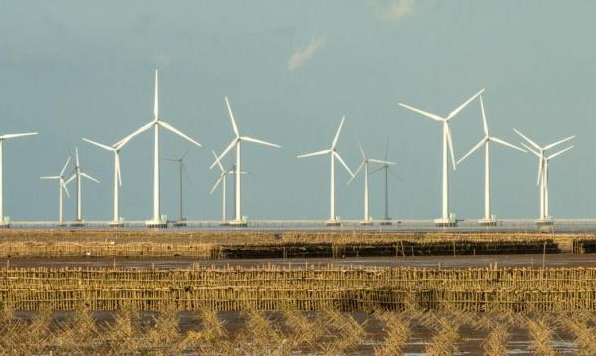India’s wind capacity could reach between 48GW and 54GW by 2020, below the government’s 60GW target, according to the Global Wind Energy Council (GWEC). This is due to supply-side constraints mainly caused by transmission costs and access to land. In addition, unavailability of finance, low tariffs and payments delays are also hindering wind capacity development.

Recent allocation rounds faced massive undersubscription, and the latest wind tender (Round Nine) for 1.2GW, which included an INR2.9/kWh tariff cap ($0.04c/kWh), was rescheduled several times owing to a lack of interest from the industry. As a consequence, the wind sector saw only 2.4GW of new wind projects, in spite of a huge amount of auctioned capacity.
Earlier in March 2020, the Ministry of New and Renewable Energy issued a new regulation authorising the tendering agencies and state utilities to remove tariff cap from wind and solar tenders, including the upcoming federal tender (Round Ten). The decision is not expected to make a major difference for solar auctions, as prices are already quite low at $0.03/kWh (INR2.5/kWh) in the latest round, but could lead to a higher tariff for wind.
Installed renewable power capacity in India crossed the 84GW threshold in December 2019 (84.4 GW), with wind power capacity reaching 37,280MW, solar capacity at 32,530MW, biomass capacity at 9,940MW and small hydropower capacity at 4,650MW.